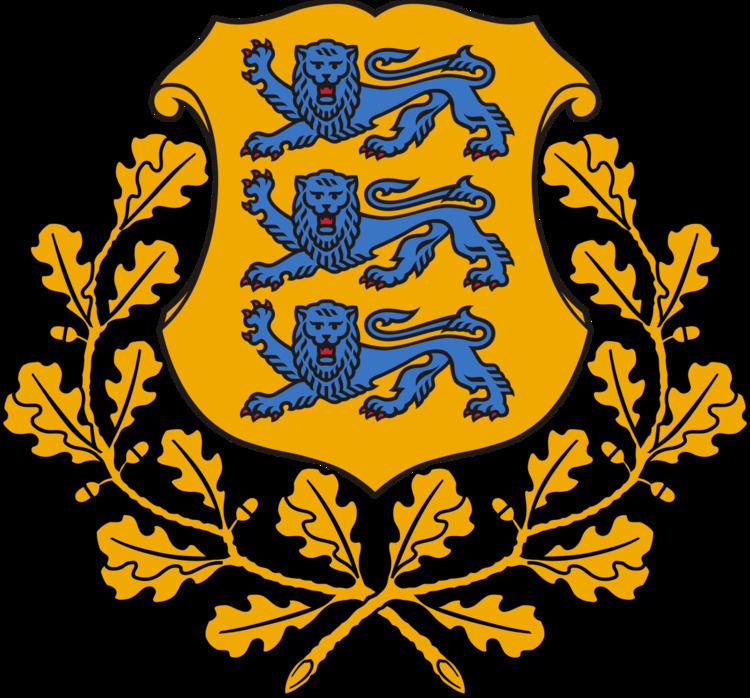 | ||
Estonia elects a legislature on the national level. The Riigikogu has 101 members, elected for a four-year term by proportional representation. A head of state - the president - is elected for a five-year term by parliament (1st-3rd round) or an electoral college (4th and subsequent rounds). Locally, Estonia elects local government councils, which vary in size. Election law states the minimum size of a council depending on the size of municipality. Local government councils are elected by proportional representation too.
Contents
Estonia has a multi-party system with numerous parties. Often no one party has the chance to gain power alone and parties must work with each other to form coalition governments.
Public elections have taken place in the following years: Past elections:
European elections
Referendums
The Constitution of Estonia gives the Parliament of Estonia the power to submit a bill or other national issue to a referendum (article 105 of the Constitution). The result of the vote is binding. If a bill which is submitted to a referendum does not receive a majority of votes in favour, the President of the Republic shall declare extraordinary elections to the Parliament.
There are some issues which cannot be submitted to the referendum: issues regarding the budget, taxation, financial obligations of the state, ratification and denunciation of international treaties, the declaration or termination of a state of emergency, or national defence (article 105 of the Constitution).
Some parts of the Constitution (chapters "General Provisions" and "Amendment of the Constitution") can be amended only by a referendum (article 162 of the Constitution). The rest of Constitution can be amended either by
A three-fifths majority of the membership of the Parliament is required to submit a bill to amend the Constitution to a referendum (article 164 of the Constitution).
A referendum was called by the Parliament of Estonia on 2 occasions since Estonia regained independence from the USSR.
Also, there was a referendum on Estonian independence in 1991 while Estonian SSR was still a part of USSR.
